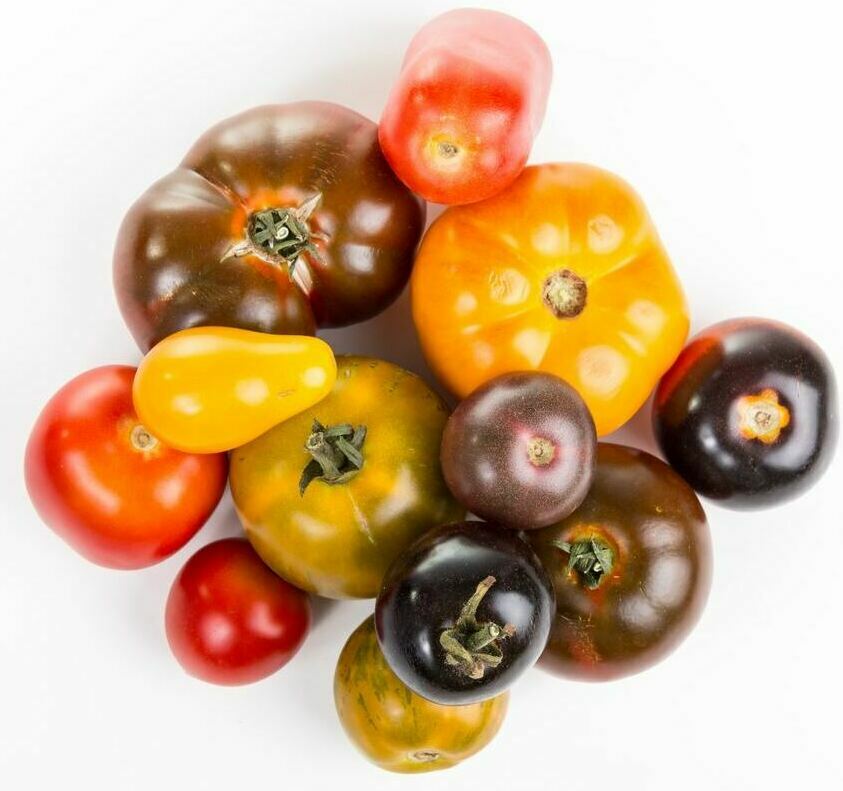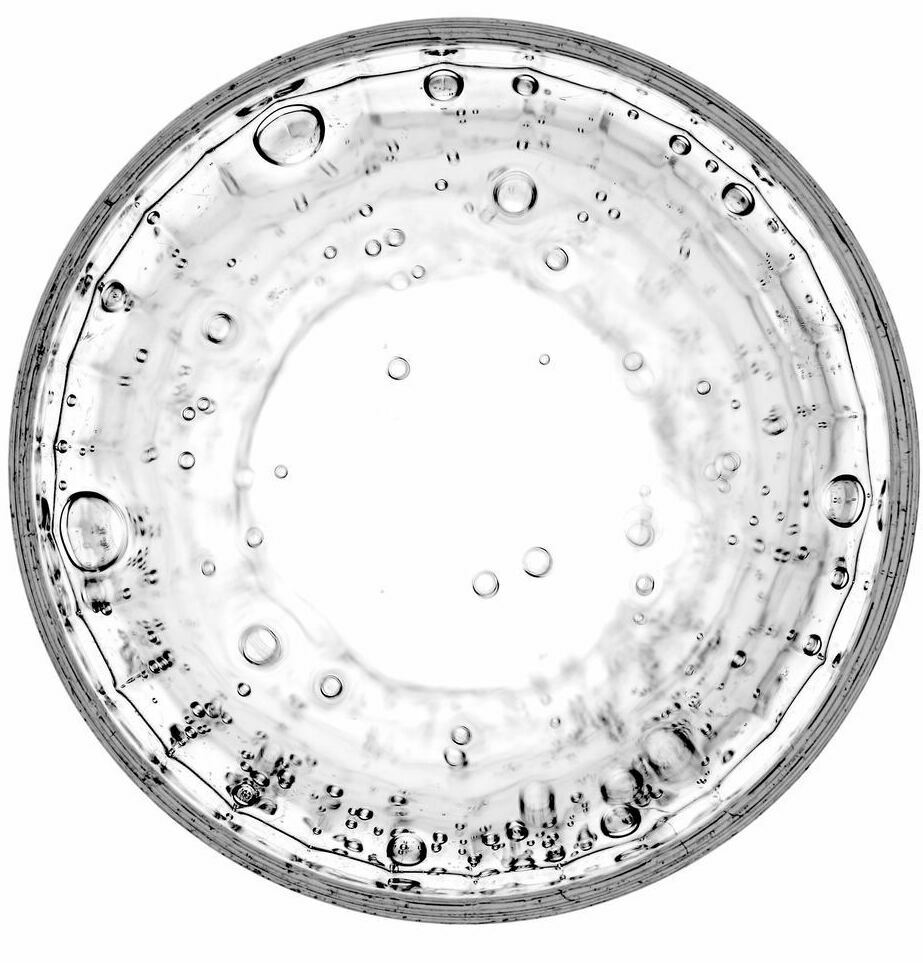Photosyn
A Path to Zero Carbon
Use organic wastes to grow microalgae for renewable fuel, feed, plastics, and amendments to rejuvenate soils.
How?
We ferment diverse types of wet organic wastes under anaerobic conditions into simple organic acids for use as energy and carbon sources to grow microalgae.
Working as cell factories, these microalgae consume the simple organic acids and minerals produce metabolites for biofuels, functional feed and bioplastics. These metabolites have great economic value and help pay for environmental services like waste water treatment and food waste disposal, while all the time avoiding methane formation.
Moreover, whole microalgae rejuvenate soils by kick starting soil micobial life, leading to microbes storing and sequestering carbon as humus. Microalgae have also been used as pioneer micro organisms to build soil in reverse desertification work.
Our process is controlled to stop before formation of methane. Its deployment will be a major contribution to reducing emission of greenhouse gases from waste water stabilisation ponds, landfills, animal manure, etc. We are now ready to construct our 1/10th scale pilot plant adjacent to an oil palm mill in Malaysia.
Transform Waste Biomass by Algae Dark Fermentation
Processing video...

An Imminent Agricultural Revolution
There are many hurdles to cross. Soil carbon losses threaten soil fertility. No-till farming may use chemical herbicides leaving residues in produce. Carbon farming with cover crops requires change of farmer mentality. Crops need new resilience to abiotic stresses to cope with extreme climate events. Intensive animal farming leaves untreated manure as environmental and health hazards. Composting provides many answers, but is expensive and inconvenient.
More land is required to sustain food supply for growing populations. Even more is required, if we are to produce renewable bio-fuels and bioplastics. But forest clearing exacerbates climate change and biodiversity loss.
Production needs to be near point of use, to avoid food miles and provide food security.
A revolutionary new pathway is offered to rejuvenate soils and grow nutrition dense food. Use of microalge to kick start the soil microbial population, or as pioneer organism in the process of creating soil and promote sequestration of atmospheric carbon as humus. Upcycle agricultural wastes for fuel, feed, plastics, plant growth promoters and biofertilizers.
Sustainability of Life and Businesses
The primary producers of food in the Web of Life on Earth are photosynthetic organisms such as plants, microalgae and cyanobacteria. They capture light energy from the Sun to synthesize sugars, to energise downstream metabolic processes, to form carbohydrates, proteins, lipids and so on.
Non-photosynthetic organisms feed on primary producers, and other organism and their waste metabolites, to support life and reproduction.
Armed with weapons and machines, mankind may be the top predator. But, we are still part of the food web, and fall prey all too readily to invisible bacteria and viruses which see us as food to perpetuate themselves.
Businesses Also Exist In Webs
Busineses exist in a web of alliances, with the customers, the supply chain and many other stakeholders, linked by the energy of personal interactions and in cash flows.
Great things happen when People of Goodwill gather
and Act Together.

The Technologies
With life on earth and businesses, nothing much is new under the Sun.
As a bioeconomy company, we engineer systems to tip the growing conditions in favour of the target species, target products, and desired outcomes. We use microalgae for destruction of pathogens and removal of organic pollutants. Microalgae are also cell factories powered by the Sun to process desired metabolites.
We also devise business models and execution plans which incorporate multiple income streams. This way, we ensure financial resilience to meet expectations of the stake holders.
Depending on desired outcomes, the application of our technologies can range in scale from small containers used for aesthetics and functionality in built environments, to vast agricultural and forestry holdings for commercial production.
Nothing is really new, except that we combine anaerobic fermentation, soil organic carbon management and microalgal photosynthesis to deliver desired outcomes. Healthy plants in homes, beautiful gardens, big and small, re-purposed estates for cash crops, biofuels and fertilizers from rejuvenated lakes and rivers, etc, not forgetting sanitary waste disposal.
Anaerobic Fermentation
This biological process is the foundation for turning plentiful organic materials like agricultural residues, food wastes, animal and human wastes into useable products. This is the source of chemical energy, carbon and other nutrients for highly intensive mixo and heterotrophic cultivation of microalgal biomass, and their use as cell factories to produce proteins, lipids, and carbohydrates with the desired characteristics.
We manage pH and temperature to suit acidogenic microbes, together mineral nutrients optimised to meet requirements for target products. These products are microalgae for fuel, feed, bioplastics and transport, biogas for electricity, plant growth promoters, biofertilizers, etc.
Microalgal Photosynthesis
Photosynthesis complements heterotrophy to yield the highest productivity of the desired metabolites in microalgae. The transient products of photosynthesis, oxygen and hydroxyl ions, are also useful for destruction of pathogenic bacteria, viruses and persistent organic pollutants.
Alongside sea weed extracts, plant growth hormones from actively photosynthesizing microalgae have vast applications as growth promoters in floricultural and agricultural settings.
Soil Organic Carbon Management
We use a very dilute mixed culture of microalgae to kickstart rejuvenation of soil microbial life, to restore fertility and then to undergo a change of state in the soil where more soil organic carbon is formed than lost. Organic carbon at the root zone are known to assist in mineral uptake in ultra intensive agricultural activities like vertical farming.
Sectors & Benefits
Palm Oil Mills and Carbon Capture by Oil Palm Plantations
- Biogas capture systems are promoted at Palm Oil Mills to reduce carbon intensity of palm oil products by capturing methane. Costs are recovered by generating electricity for sale. For such Mills, we can use empty fruit bunch as feed stock to increase biogas and electricity output and also to grow microalgae as a highly profitable industrial crop. Moreover, growing microalgae in biogas digestate eliminates any residual methane, "polish" the treated effluent to exceed 20mg/L BOD5 standard consistently, and recover waste Nitrogen as an organic fertilizer
- For mills located away from the transmission grid, we can grow Microalgae on palm oil mill effluent and empty fruit bunch biomass as a new and profitable downstream agricultural activity. Desktop studies show that a 60tph mill, processing 288,000t/y fresh fruit bunch, can grow 17,000t/y microalgal biomass whose value can be referenced to soybeans on account of lipid and protein contents. Importantly, 56,000t/y CO2 equivalent emissions attributed to methane from POME stabilisation ponds are eliminated, making palm oil milling a net zero carbon process.
- Organic soil carbon in plantations have been depleted to very low levels and productivity has been maintained by increasing the level of chemical fertilizer application. Using Microalgae to kick start the rejuvenation of soil microbes begins a virtuous cycle of events. Soil microbial life unlocks minerals and make them bioavailable to the oil palm. They also use excess root exudates to form humus as a food store. This humus improves cation exchange capacity, a critical measure of soil fertility, absorbs water, adsorbs anions and cations to prevent leaching, and sequesters carbon. The increased above ground and below ground carbon can make oil palm plantations net carbon sinks, even when taking into account carbon losses due to change of land use.
Poultry Farming
- Manure from intensive poultry operations present disposal problems. Conventional solutions are additional costs to growers, investing in fermentation plants and operating them. Moreover, fugitive ammonia from the process is hazardous to health to workers and the environment. The pelletised fermented manure may be sold to recover costs, but find small demand because of much higher prices than readily available untreated manure.
- Our direct N recovery systems using Microalgae minimises Ammonia emissions. The Microalgal biomass can be used for aquaculture feed, organic fertilizers and soil amendments. Moreover no fly infestations are caused when used as organic fertilizers and soil amendments. In this way, the pressing chicken manure disposal problem is solved.
Food Security and Nutrition
- With recent supply chain disruptions and widespread widespread non-communicable diseases, food security now encompass both quantity and nutrition.
- Humus in soil organic carbon plus available mineral nutrients are the drivers for improving productivity and nutrition contents. The conventional source is compost but composting of organic wastes is a time consuming and expensive activity. Moreover, onsite composting poses risks of re-introducing pathogens and weeds.
- Historically, fields are tilled to control pests and diseases, but left to fallow to restore soil carbon. Fallowing means non commercial activity, and is hardly practiced due to commercial pressures. Recent practices on "carbon farming" point to enhancing soil microbial life, which then build humus by using carbon from root exudates from the planted crop. However, such practices require no tilling.
- We contribute by turning locally available food wastes and agricultural residues into a liquid culture of live microalgae. When applied as a soil drench, both soil structure and soil healh improve, leading to both quantitative and qualitative improvements. Deficient mineral nutrients are added where necessary.
Sewage Treatment Plants
- The activated sludge and its derivatives are the systems of choice for municipal waste water treatment plants. The key operating principle is aerate the influent to grow bacterial biomass, and then reduce the disposal load by consuming the biomass on-site by further aeration and wasting the carbon as carbon dioxide to the atmosphere. However, phosphorus, nitrogen and persistent organic pollutants are left behind to be removed by supplementary processes to meet discharge requirements, adding to the energy requirements.
- In ourmicroalgae based system, solids are first mechanically removed from the influent. These solids are fermented to produce biogas electricty for onsite use, and to grow microalgae in the vacated settlement and aeration tanks. In these tanks, the transient oxygen and hydroxyl ions from photosynthesis act to sterilise the influent of pathogenic bacteria and viruses, and break down persistent organic pollutants like antibiotics. Suspended microalgae are filtered off prior to discharge. Meanwhile, the fermented solids are stabilised by heterotropihc microalgae and removed to offsite locations for cultivation of microalgae for biofuels and bioplastics, and liquid humus for afforestration and reversal of desertification.
Our Services